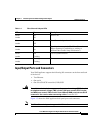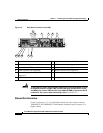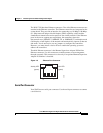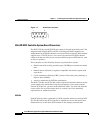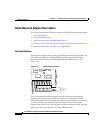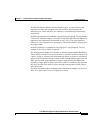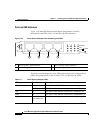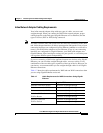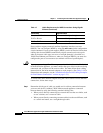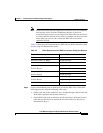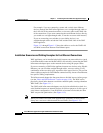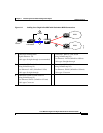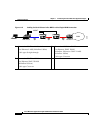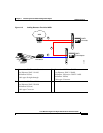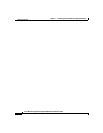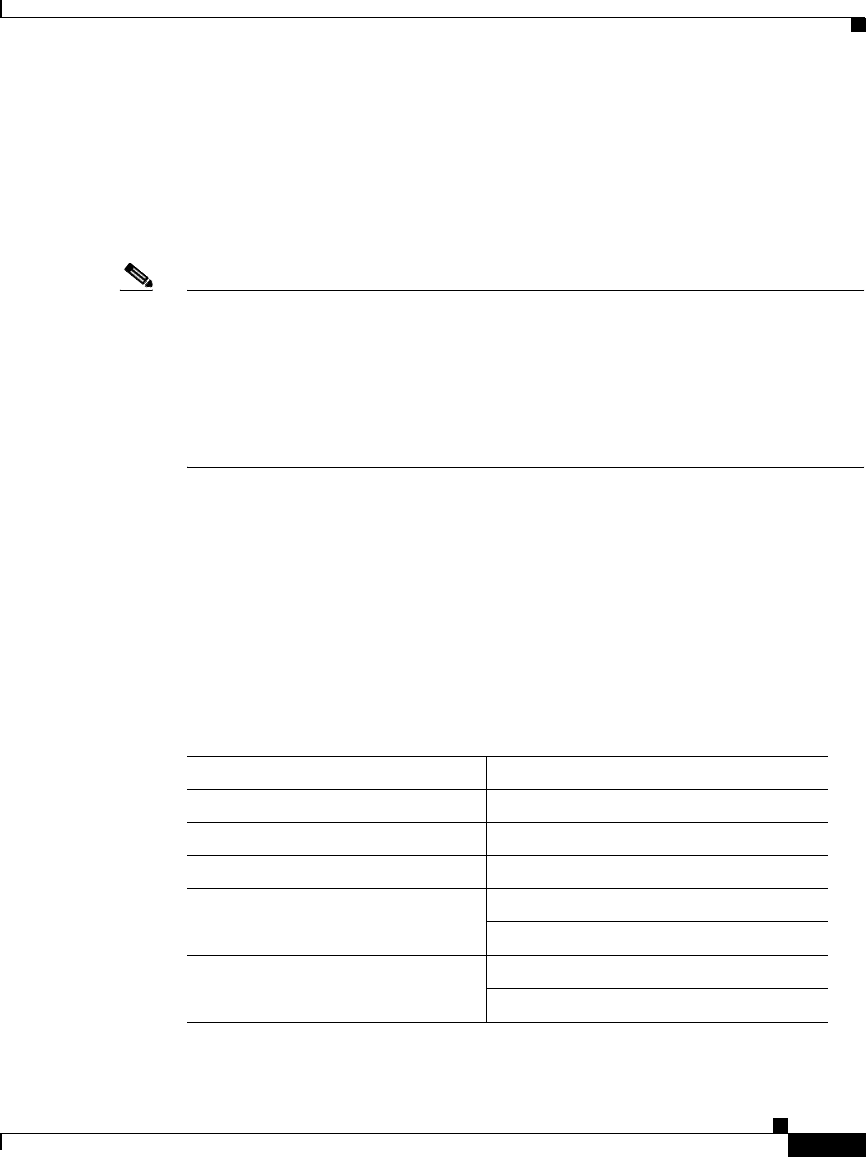
1-19
Csico Wide Area Application Engine 7326 Hardware Installation Guide
OL-6831-02
Chapter 1 Introducing the Cisco Wide Area Application Engine
Hardware Features
Inline Network Adapter Cabling Requirements
Your inline network adapter ships with two types of cables: crossover and
straight-through. When you connect the WAE inline network adapter, proper
cabling depends on the link speed (Gigabit Ethernet or Fast Ethernet) and the
types of devices (DCE or DTE) being connected.
Note You must retain the same link speed from one end of the connection to the other
end. Inline adapter interfaces are able to autonegotiate link speeds. If any of your
connecting interfaces are configured for Fast Ethernet (whether on a switch or a
router), your WAE inline adapter uses Fast Ethernet. If any of your connecting
interfaces are configured for Gigabit Ethernet, your WAE inline adapter uses
Gigabit Ethernet. Speed and duplex settings are port-specific, so two inline ports
can negotiate different speeds independently.
If you are connecting a WAE inline appliance between two devices using Gigabit
Ethernet, you can use either straight-through cables, crossover cables, or any
combination of the two cable types, regardless of the type of device. However, for
consistency, we recommend that you use straight-through cables for all Gigabit
Ethernet connections.
Table 1-7 shows the cable requirements for WAE and non-WAE connections when
you are using Gigabit Ethernet end to end.
Table 1-7 Cable Requirements for WAE Connections Using Gigabit
Ethernet
Connection Required Cable
Switch to switch (no WAE) Crossover or Straight-through
Switch to router (no WAE) Crossover or Straight-through
Router to router (no WAE) Crossover or Straight-through
Switch to WAE and
WAE to Router
Crossover or Straight-through
Crossover or Straight-through
Switch to WAE and
WAE to Switch
Crossover or Straight-through
Crossover or Straight-through



